Not just backs! Hip arthritis
Not just backs! Hip arthritis
We will all eventually get a degree of arthritis as we age, this "wear and tear" arthritis is called OSTEOARTHRITIS. You may experience pain and stiffness, and take a while to get going in the mornings. While Chiropractic can't undo the damage that is there, it can help you manage the symptoms and enable you to carry on with day to day activities.
You may begin to notice problems with osteoarthritis (OA) in your 40s or 50s. The cartilage is where we first begin to see signs of OA - it becomes rough and worn and you may start to notice that you feel stiff in the morning (this stiffness usually lasts around 30 minutes). This wear and tear can put extra strain on the surrounding muscles, tendons and ligaments which can lead to pain in the surrounding areas. Eventually bony spurs can form, which are referred to as osteophytes. In some cases the cartilage can wear away until bone is rubbing against bone.
Myths about arthritis:
"More damage = more pain": the amount of wear and tear DOES NOT equal the amount of pain someone feels. Everyone experiences pain differently, you may x-ray someone and find a lot of damage when they experience little to no pain; equally someone may not have as much damage and experience a lot more discomfort.
"I will need a hip replacement": some people will eventually need surgical intervention but not everyone, many people are able to manage their condition.
"Moving the joint will wear it out even more": in fact, exercise is a great way of managing pain from arthritis. Strengthening the surrounding muscles helps your body to better cope with the strain.
What can a Chiropractor do?
The National Institute of Clinical Excellence (NICE) recommends manual therapy and stretching for managing hip arthritis. At Gillingham Chiropractic Clinic we use a variety of techniques meaning that we can tailor treatments to individual needs. These techniques include joint manipulation, joint mobilisation, Mulligan mobilisation, drop technique and Activator. (I will go into more detail about types of technique in a future blog post, otherwise this will be a very long read! In the mean time there are tonnes of YouTube videos to show you what you can expect).
In addition to this we will massage and stretch the surrounding muscles, releasing tension and trigger points. Every patient is also given exercises to suit them and their needs. Exercise is one of the top treatments recommended for osteoarthritis. We will give you a print out of exercises to take home with you. These aim to stretch tight muscles, strengthen the muscles surrounding the joint and improve flexibility. Ideally you'd work these exercises into your routine and do them at least once a day.
How to help yourself:
Exercise: as well as doing the exercises prescribed by your healthcare professional, it is also beneficial to improve your general fitness
Lose weight (if necessary!): an obvious but not an easy one - especially if you are in pain! Less weight = less strain on the joints
Heat: many people find that their pain is aggravated by cold and damp weather. Heat is a good tool to ease chronic pain
Take pain killers: always speak to your GP or pharmacist about what painkillers are right for you
Keep moving: try not to stay in one position for too long - we were made to move!
TENS machine: these use electrical stimulation to block pain signals
Sensible shoes!





